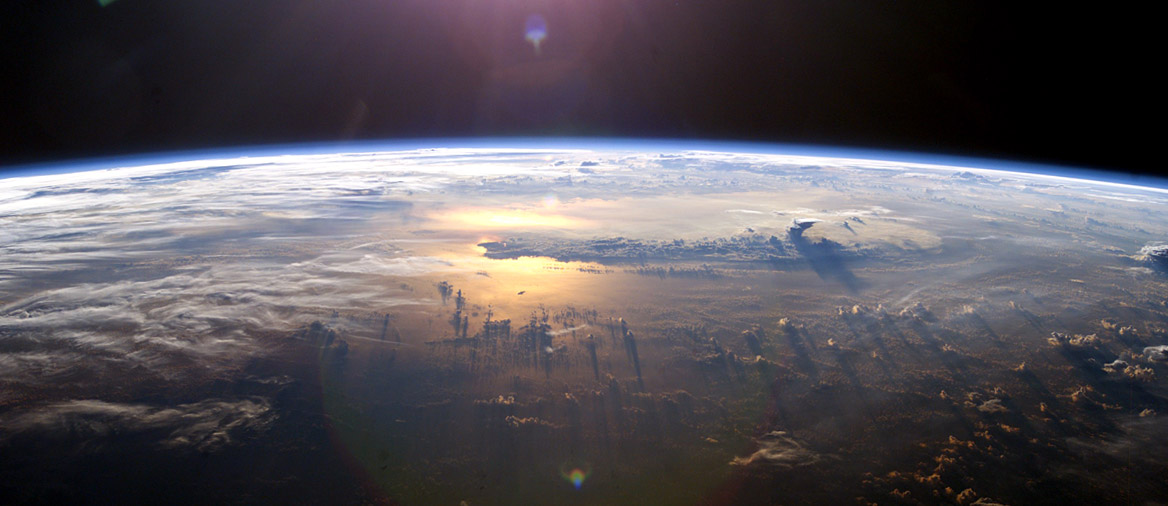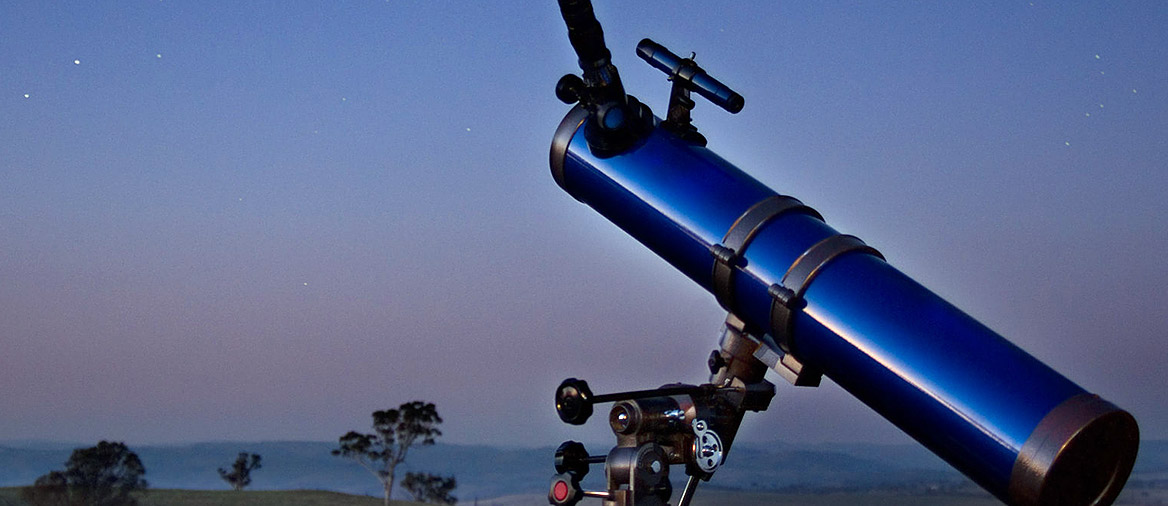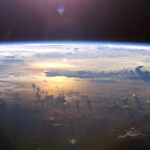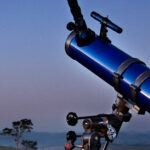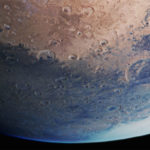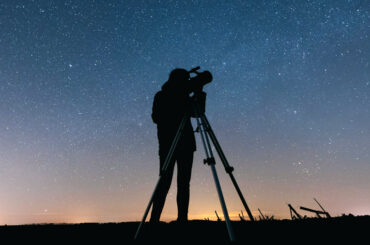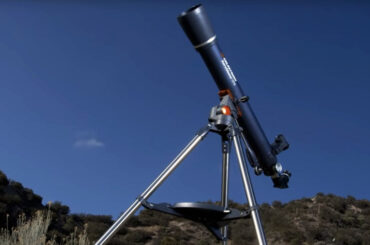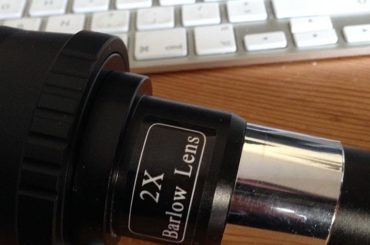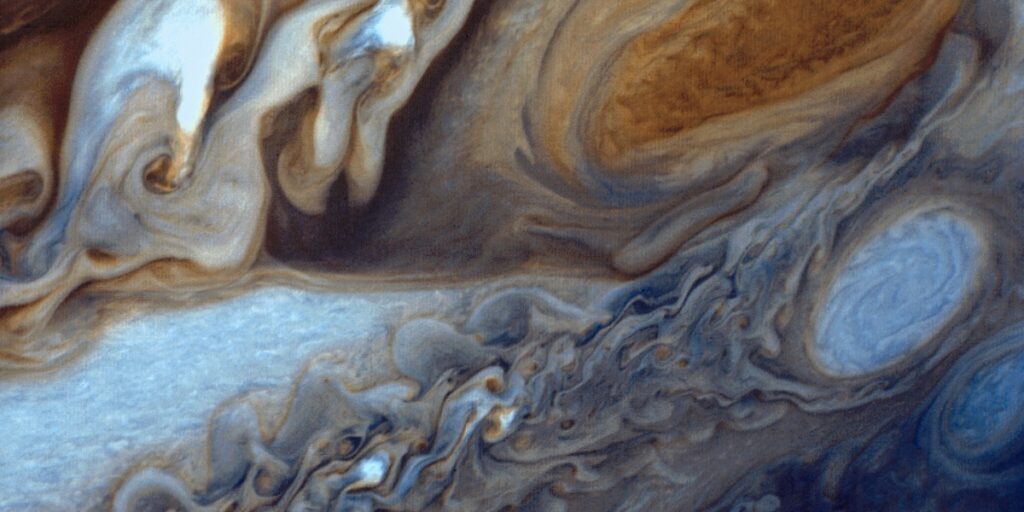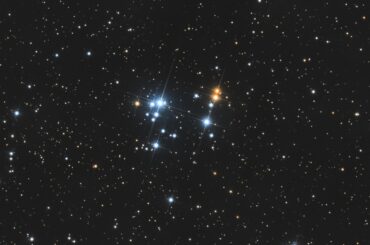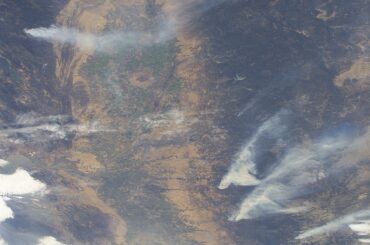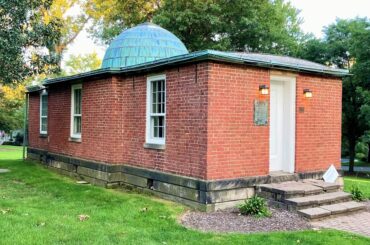Latest
Explore the 10 most famous space missions of the 21st century, from Mars rovers and lunar explorers to JWST and landmark crewed flights. This hub post summarizes each mission’s achievements and links to in-depth articles for readers who want full mission histories, key discoveries, and multimedia highlights.
Explore the 10 Most Spectacular Star Clusters visible from Earth, from the dazzling Pleiades and Hyades to the massive Omega Centauri and Messier 13. This hub post links to in-depth articles with observing tips, best seasons, and astrophotography advice—perfect for amateur astronomers and photographers seeking the most stunning clusters to observe and capture.
Explore ’10 Ways Gravity Affects Everything in Space’, a hub that breaks down how gravity shapes orbits, planet and star formation, tidal forces, black hole lensing, gravitational waves, and large-scale cosmic structure. Each numbered item links to a deeper article so readers can dive into orbital mechanics, galaxy dynamics, relativity, and the latest astrophysics research – ideal for curious readers and students.
Explore 10 space careers that pay over $100k, from aerospace engineers and satellite systems managers to mission architects and space policy analysts. Each entry includes typical salaries, required degrees, and actionable steps to help you break into and advance in these high-paying space roles.
This post compiles a complete, authoritative list of astronauts from Nevada, detailing each individual’s background, NASA missions, and ties to the Silver State. Ideal for space-history fans and researchers, it provides concise bios, mission highlights, and links to further reading to explore Nevada’s contributions to human spaceflight.
Explore a concise List of Observatories in Connecticut, with locations, coordinates, and public access details. Use this guide to find historic university domes and public stargazing sites for visits or research.
This definitive guide lists every astronaut from Maryland, with concise biographies, mission highlights, and connections to the state. Perfect for space enthusiasts and local historians seeking verified details and career summaries in one complete resource.
Curious why scientists and space agencies focus on Earth’s hot sister? This hub outlines seven compelling reasons to explore Venus — from studying runaway greenhouse effects and volcanism to testing atmospheric probes, assessing habitability, and planning future missions. Follow the links to in-depth posts on science goals, mission concepts, and what discoveries about Venus could mean for Earth.



